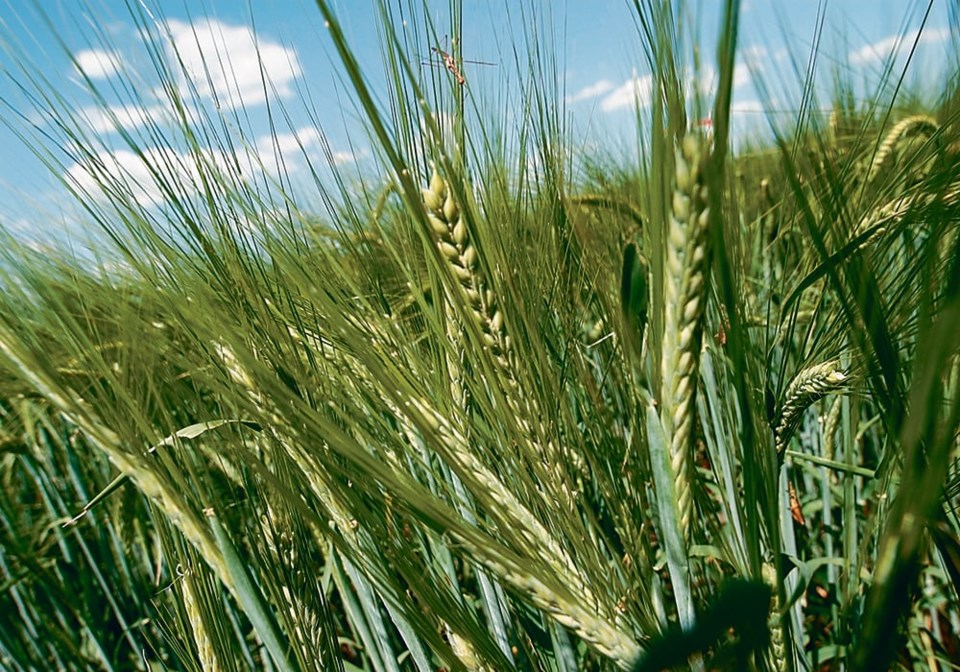WESTERN PRODUCER — Commercial malting and brewing trials in China are paving the way for the adoption of better performing varieties in Canada, says an industry official.
The Canadian Malting Barley Technical Centre (CMBTC) has been facilitating the shipment of container loads of new malting barley varieties to Chinese maltsters since 2017.
Those shipments are used in commercial production trials typically involving between 100 and 400 tonnes of the new varieties. A shipment usually contains enough barley to conduct at least two trials.
“This has proven to be very popular with the Chinese,” said CMBTC managing director Peter Watts.
“They really appreciate it.”
Chinese maltsters are reluctant to change varieties.
“They like what they know,” he said.
It is a challenge to convince them to “test-drive” new varieties.
“What we argue and explain to the end users is that in order for barley to be a competitive cropping option for Canadian farmers, we need to get these new varieties accepted,” said Watts.
Barley has to compete with the new high-yielding wheat varieties and also offer growers better disease packages and lodging resistance.
CMBTC was already supplying international customers with malting performance data from its Western Canadian Field Trials as well as two-to-three-kilogram samples of new varieties for their own testing and evaluation.
But end-users ultimately need to conduct commercial-scale production trials.
North American customers can co-ordinate that on their own through relationships they have with growers or seed companies.
But overseas buyers do not have ready access to new Canadian varieties.
China is by far Canada’s top export market, accounting for 80 to 85 percent of annual sales.
The CMBTC works with Chinese buyers to identify varieties they are interested in testing and the quantities they require. It then co-ordinates with a Canadian grain company to supply that grain.
The CMBTC uses its market development funds to offset the costs associated with shipping the containers so there is no additional risk for the buyer.
“Just to show we have some skin in the game,” said Watts.
AAC Synergy was the first variety to be shipped through the program. It gained general acceptance by Chinese maltsters and brewers and now accounts for 32 percent of malt barley seeded acreage in Canada.
AAC Connect has also been accepted and now it too has an export market. It made up 13.2 percent of acres in 2023.
The prospects look good for CDC Fraser, which was shipped to Chinese maltsters in 2022.
“We have seen a couple of commercial shipments of Fraser, so the ball is rolling,” said Watts.
Fraser accounted for 6.4 percent of Canada’s malt barley acres in 2023.
Containers of CDC Churchill were shipped to Chinese buyers in 2023, but that variety is still another year or two away from having commercial volumes available.
Synergy, Connect and Fraser are all suited for China’s adjunct style of brewing, which relies on high enzyme varieties.
Churchill is more of a low enzyme variety better suited to craft brewing. However, it is similar to Copeland, which is a popular variety in China.
“Whether it is suitable for China remains to be seen,” he said.
Japan is another big overseas customer, but it tends to buy processed malt rather than malting barley. It co-ordinates malt trials with Canadian suppliers.
Mexico and Colombia are new markets that are more focused on learning about Canada’s general malt barley quality characteristics rather than vetting new varieties.
Contact [email protected]
Bookmark SASKTODAY.ca, Saskatchewan's home page, at this link.




